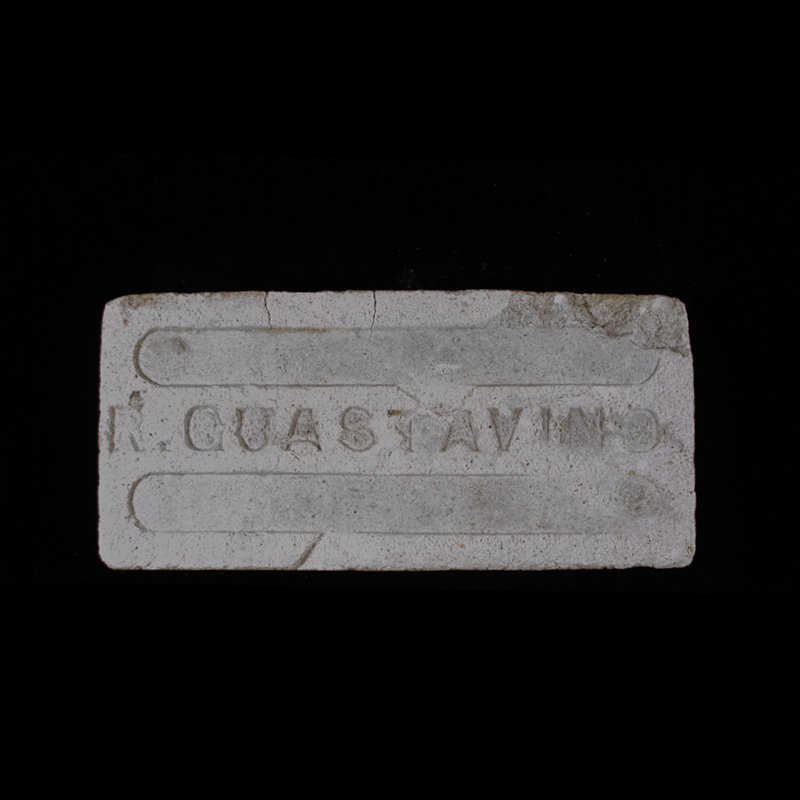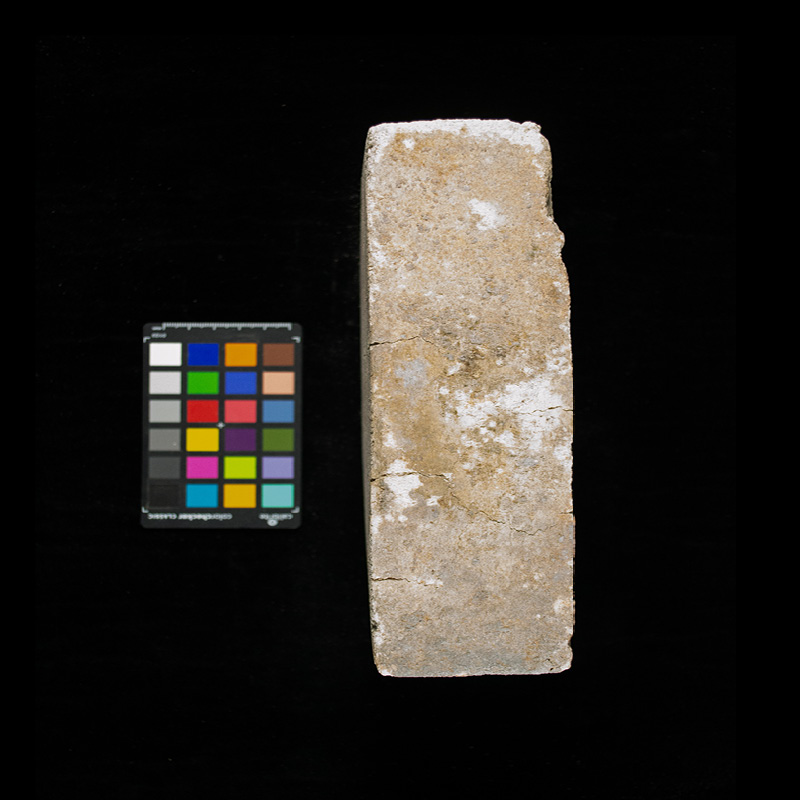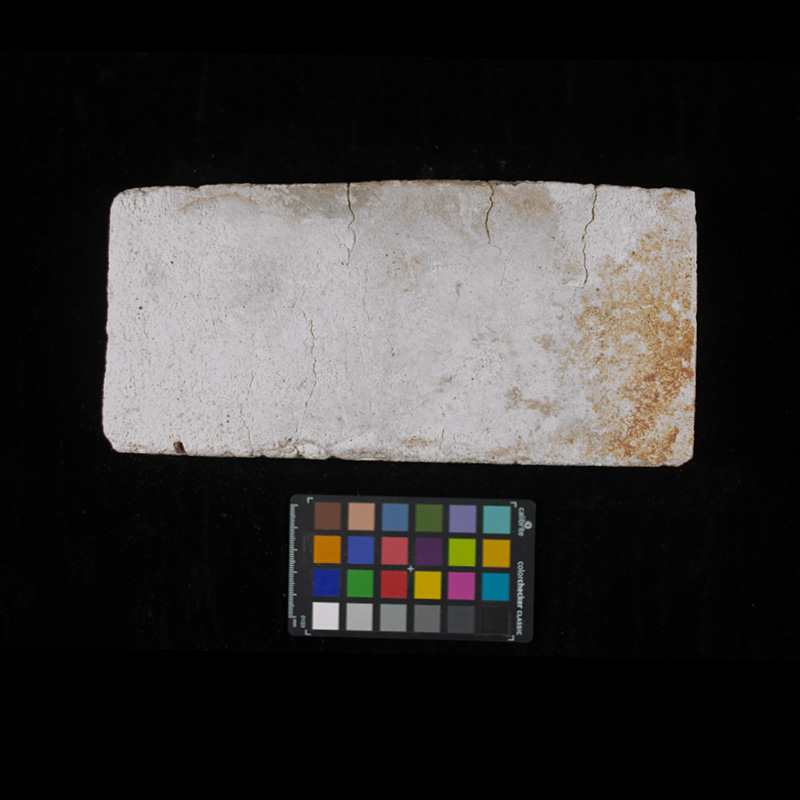Guastavino Brick
In 1900, Guastavino setup a makeshift factory in a former Woburn church. By 1903, the temporary facility was firing over 200,000 tiles annually. Guastavino then purchased this Woburn property. Guastavino II, a young and talented engineer, designed the new factory. The Woburn tile factory bears similar massing to the Battló Factory in Barcelona, Spain, designed by Guastavino in 1871. In a 1907 dedication, a local Woburn paper described it as “an ornamental brick building that looks more like an art museum than a factory.” This delighted the stylish Guastavinos.
Rafael Guastavino was a master of the vernacular building traditions of the region, including the thin-tile structural system. This engineering technique – which dates back at least to the 14th century – involved spanning broad spaces with arched ceilings or domes composed of several layers of thin tiles bound with mortar. In the early stages of his professional career, Guastavino perfected this system by sandwiching the tiles together with quick-drying Portland cement and plaster, which was stronger and more water-resistant than the lime mortar that had been traditionally used.
Source:
Our Place – Guashttps://www.tocci.com/our-headquarters/tavino’s Tile Factory (tocci.com)
Identification and Creation
| Primary ID | BR.RGWF.18XX.BRIC.01 |
|---|---|
| Collection: | Historic Building Materials Collection |
Physical Description
| Materials: | |
|---|---|
| Dimensions: | 9" x 4.25" x 2.25" |
Provenance
| Building or Site: |
R. Guastavino Woburn Factory 660 Main St, Woburn, MA 01801 |
|---|
Acquisiton and Rights
| Credit Line (Donor): | Architectural Conservation Lab, University of Pennsylvania |
|---|---|
| Accession year: | January 1, 1970 |
| Catalogued by: | José C. Hernández |




